CEOs of four top HVLP brands – Planet Fitness, Crunch, EōS and Vasa – give their takes on the state of the gym industry in 2025
In-person fitness continues to thrive as we move further from the pandemic. High-value, low-price (HVLP) gyms are undoubtedly leading the way, expanding across the U.S. and internationally at a rapid clip amid strong visitation numbers.
Over the last few years, HVLP gyms have certainly embraced the “high value” part of their name, offering an ever-more premium set of amenities and equipment that makes it hard to distinguish between a gym that costs $15/month and one that charges $150.
Increasingly, top HVLPs aren’t competing with higher-priced gyms and studios; they’re competing with each other, racing to see who can separate from the competition with new modalities, expansion into new markets and clever branding campaigns.
Athletech News spoke with the CEOs of some of America’s biggest HVLP gym brands to see how they plan to drive growth in the years ahead and adapt to industry trends. These CEOs also shared their takes on the general health of the fitness and wellness industry in 2025.
Planet Fitness Gets Serious About Strength Amid Brand Evolution

Planet Fitness is America’s biggest gym brand by some distance, counting over 2,700 gyms and more than 20 million members. But the “Judgement Free” fitness franchise isn’t resting on its laurels in a rapidly evolving industry.
Under new CEO Colleen Keating, Planet Fitness is on a mission to reinvent itself. This past year, the brand unveiled what Keating calls a new “framework for our next chapter of growth.”
“Strategic imperatives include redefining our brand, enhancing member experience, refining our product and optimizing our format,” Keating tells ATN.
As part of its redefined brand strategy, Planet Fitness is placing a bigger emphasis on strength training and functional spaces, in line with industry trends.
“Based on industry trends and consumer data, we observed that Planet Fitness members and other consumers were seeking a greater complement of strength and functional training in their workout regimens,” Keating shares. “Our team identified this trend, developed a plan to introduce more strength equipment into our mix, and executed on these findings by adding new strength equipment in over 1,700 Planet Fitness clubs nationwide in 2024.”

“On top of that, we recognized our ability to further meet members’ changing preferences through optimizing our club format and opening up more space on the club floor for functional training,” she adds.
Planet Fitness has also evolved its marketing message to align with its new focus on strength. A recent ad campaign featured members working out on strength training equipment, a departure from the gym brand’s historically light-hearted campaigns.
“People are becoming more fitness aware than ever, with a focus on health, wellbeing, aging well, self-care and the mental health benefits of fitness,” Keating says of the new strategy.
Crunch Enters Full Growth Mode in US, Abroad
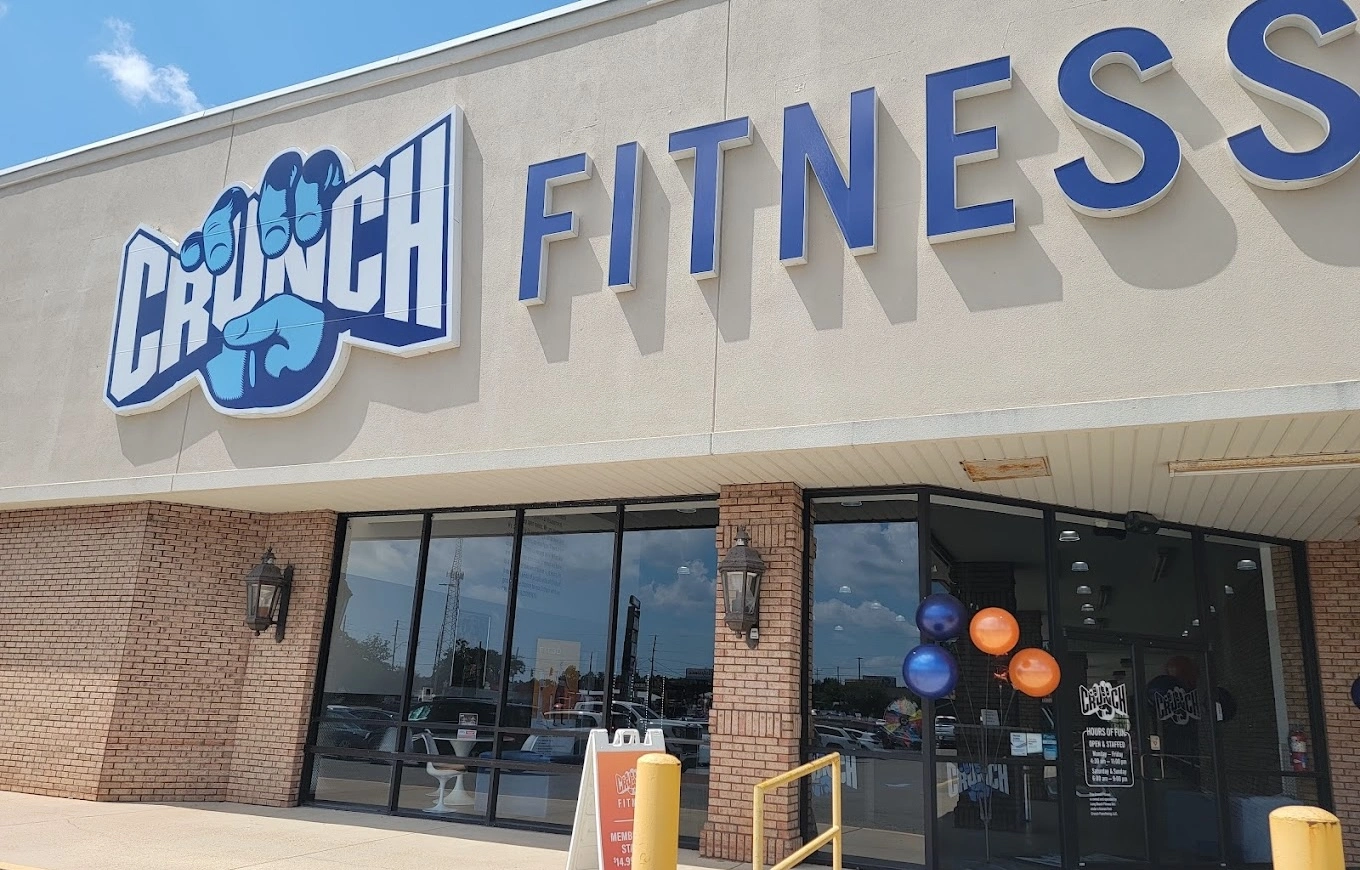
Crunch Fitness has emerged as one of the biggest gym brands in the U.S. with over 500 locations and three million members.
Fresh off a deal that saw private equity firm Leonard Green & Partners take a majority stake in the HVLP brand, Crunch is aiming to open two gyms per week in 2025, its CEO Jim Rowley tells ATN. That includes plenty of new gyms in America, but also abroad.
Crunch already has a presence in countries including Australia, Canada and Spain, among others. It just announced an agreement to bring at least 75 gyms to India, which Rowley calls “a pivotal moment in our growth strategy.”
In another growth move, the “No Judgments” gym brand recently unveiled “Crunch 3.0,” a redesign template that will see new Crunch locations get premium touches including a redesigned reception area, optional heated fitness studio, new recovery modalities, enhanced strength training equipment and turf areas.
“The main trends that are shaping the fitness and wellness industry are an emphasis on strength training, recovery, group fitness classes, and best-in-class amenities at an affordable price,” Rowley says, noting that Crunch 3.0 checks all those boxes.
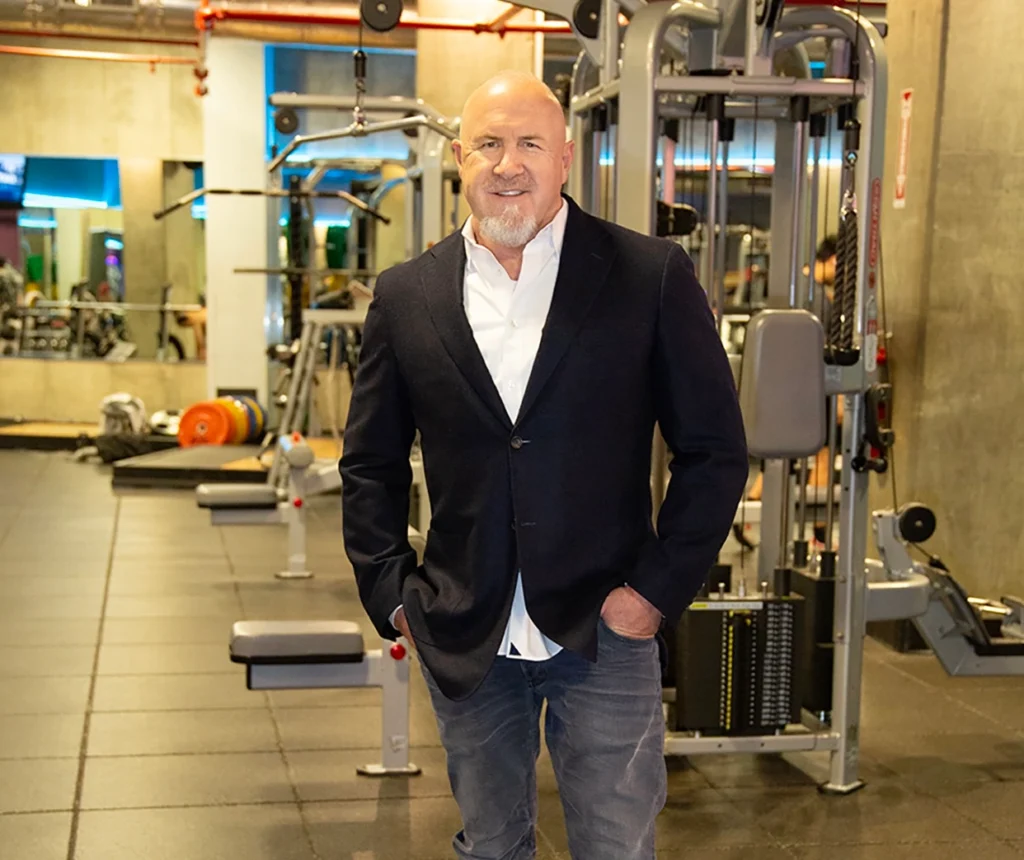
As Crunch continues to chase franchise expansion (the brand ranked #1 out of all health, fitness and wellness brands on Entrepreneur magazine’s recent “Franchisee 500” list), it will have to contend with real estate challenges.
“One of our main challenges is securing suitable fitness spaces,” Rowley says. “To overcome this, we remain highly flexible and open to spaces of all sizes. Crunch locations range from 12,000 to 60,000 square feet, and our goal is to be adaptable enough to fit into a variety of spaces.”
Despite that challenge, Rowley is understandably bullish on Crunch’s future – and the future of the entire fitness and wellness industry.
“I share this with many of our fitness peers continually – and it’s one thing I appreciate about the industry – that despite competition we generally all want each other to perform,” he says. “This sentiment leads to a better positive experience for the members and the industry as a whole. Nothing about our business is easy, everyone is working hard to deliver, and I believe there is respect and admiration for each of us.”
EoS Expands Rapidly but Responsibly
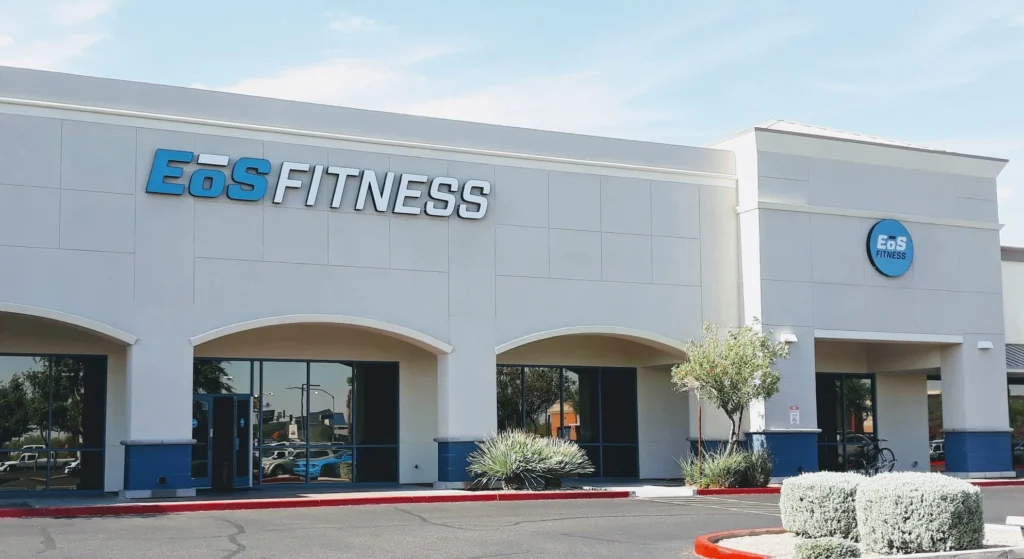
Planet Fitness and Crunch might be leading the HVLP gym race at the moment, but competitors are lurking. And they’re not to be taken lightly.
One such competitor is EoS Fitness, a brand that’s quickly making a name for itself in states like Texas, Florida, California and throughout the Southwest. EōS recently celebrated its 100th gym, 21 of which were opened in 2024 alone.
EoS is pursuing aggressive expansion in the years ahead, but it won’t be reckless, CEO Rich Drengberg tells ATN.
“In 2025, we’re aiming to open 28 new gyms, with a long-term goal of reaching 250 locations by 2030,” Drengberg says. “But expansion isn’t just about numbers – it’s about making smart, strategic moves. We’re disciplined in choosing the best real estate and locking in terms that set us up for success today and years down the line.”
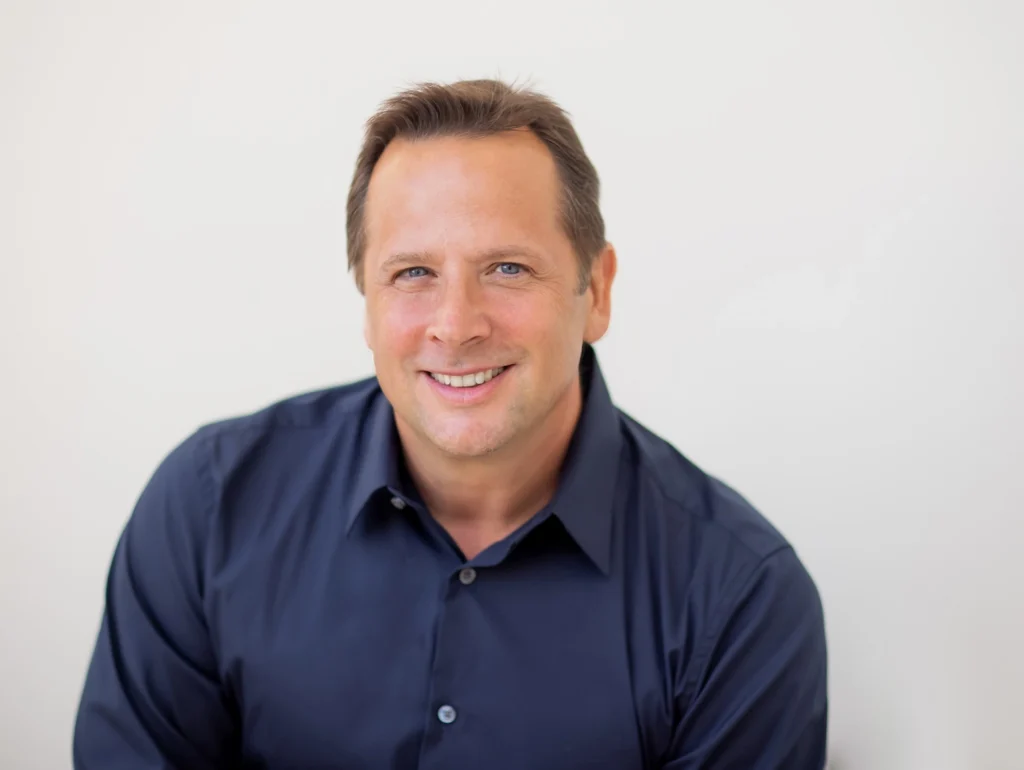
In terms of industry trends, Drengberg notes that strength training is leading the way. But he believes group fitness could make a comeback.
“Looking ahead, I wouldn’t be surprised to see group fitness and small-group training make a big comeback over the next five years,” he says.
Drengberg is generally bullish on the health of the fitness and wellness industry, although he notes that for big-box gym brands like EoS, real estate is a major concern.
“Rising costs are a reality across every category, and operators are being forced to either raise prices or find creative ways to offset expenses,” he says. “The real opportunity lies in enhancing both technology and in-person member interactions. The fitness industry needs to double down on delivering an experience that’s not just about access to a gym – but about engagement, community and personalization that aligns with each brand’s unique vision.”
Vasa Brings High-End Group Fitness to Low-Price Gyms
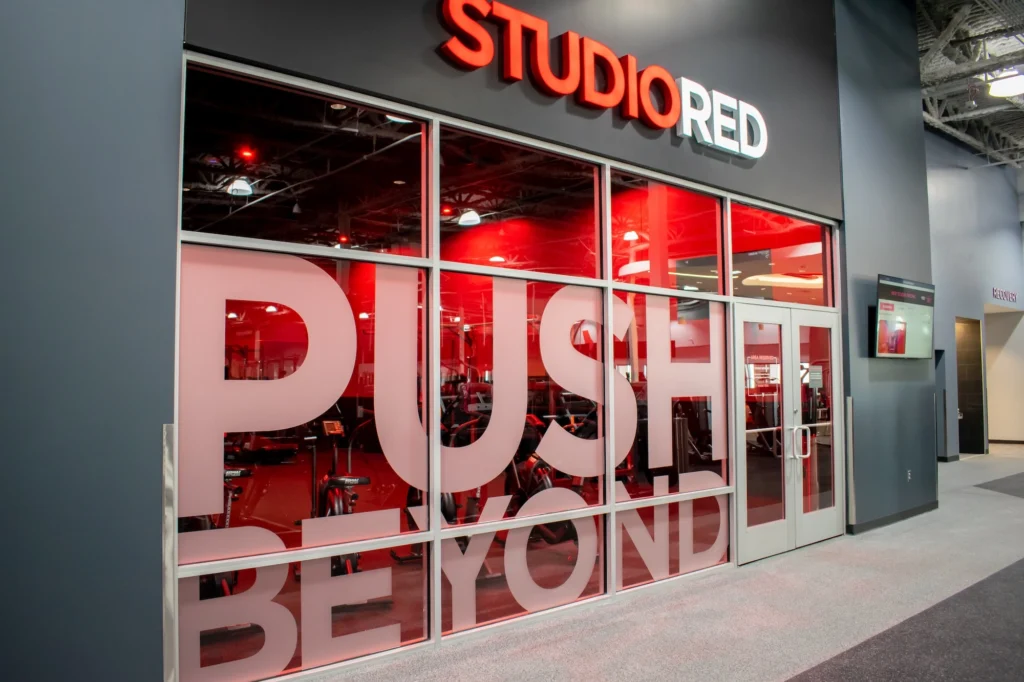
Vasa Fitness, a fast-growing HVLP gym chain based in Colorado, is all in on the power of group fitness.
The brand recently launched Studio, which offers boutique fitness-style group fitness classes inside Vasa’s larger big-box gym footprint. In January, Vasa added a strength training class, Studio LFT, to its lineup, joining existing HIIT and yoga class options.
“Boutique-style classes, which emphasize specialized formats and personalized attention, continue to be popular,” Vasa CEO Rich Nelsen tells ATN. “This trend is driving innovation and creating opportunities for businesses to differentiate themselves and cater to specific niches.”
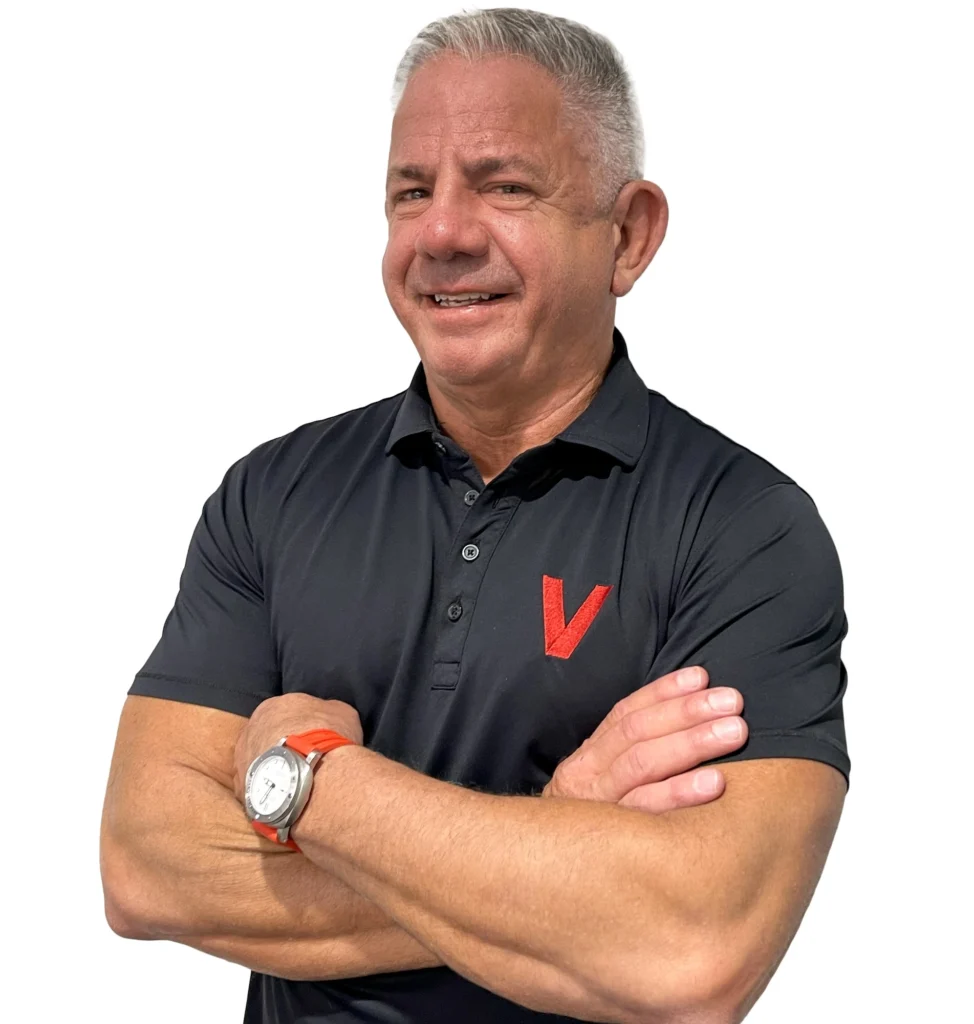
Nelsen believes that by offering boutique-style classes as part of an entire gym offering, HVLP gyms like VASA can effectively price out boutique fitness studios that only offer one modality.
“Vasa members now have access to everything they’ll need to achieve their goals without having to spend hundreds of dollars each month across multiple gyms and memberships,” he says. “By offering high-quality, boutique-style experiences at an affordable price point ($45/month for a premium–level membership), Vasa is making premium fitness accessible to a wider audience.”
Vasa currently has over 60 locations in states across the West and Midwest, all of which are corporate-owned rather than being franchised. According to Nelsen, Vasa is just getting started on its expansion journey.
“The main goals for Vasa over the next few years are focused on positioning the company for growth,” he says. “This includes becoming a member-centric organization using data, hiring a chief technology and information officer, building a development team focused on scalable expansion and establishing an operating model that works across geographies while maintaining consistency in products and experiences across clubs.”
This article originally appeared in ATN’s 2025 State of the Industry Outlook Report, a go-to guide for understanding the next-generation concepts that will shape the fitness and wellness industry in the upcoming decade. Download the free report.


